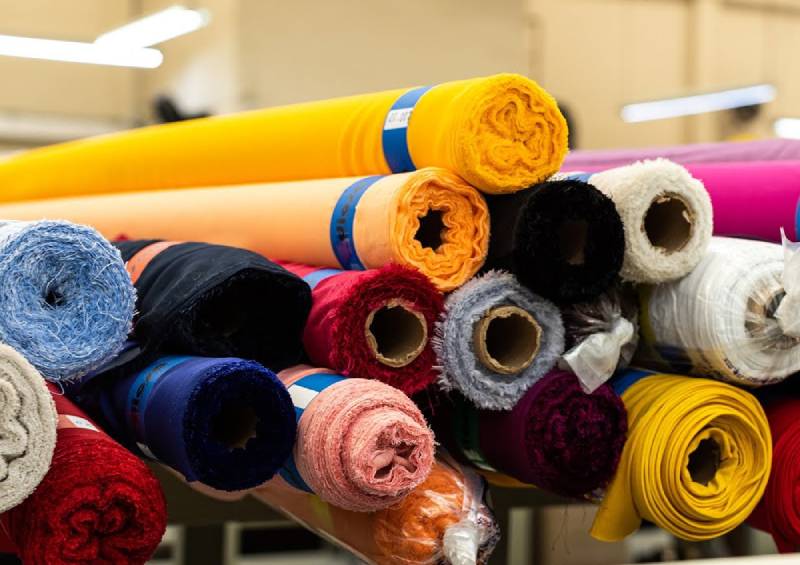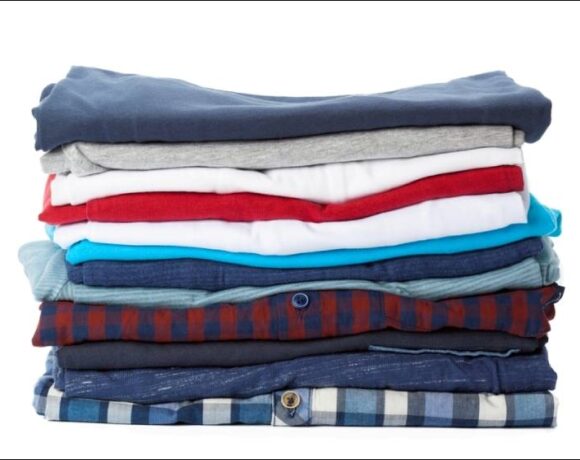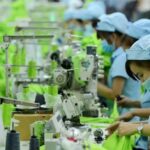Revitalizing Indian Textile Exports With Government Initiatives

Indian textile small and medium enterprises (SMEs) capitalize on the nation’s rich pool of raw materials and abundant resources. While globalization has opened up new international avenues, persistent challenges have hindered growth. India faces formidable competition from countries like Bangladesh and Vietnam, which benefit from lower labour costs and expansive operations.
The Apparel Export Promotion Council (AEPC) envisions a positive trajectory for textile exports, projecting a rise from USD 45 billion to USD 50 billion in FY2023-24. This optimistic outlook is underpinned by factors such as robust demand from the US and Europe, strategic government initiatives like the Production Linked Incentive (PLI) Scheme, and an increasing preference for eco-friendly garments. Nevertheless, there is a recognition that market diversification may be necessary in the light of recent demand declines and elevated inventory levels.
Despite being the world’s second-largest textile manufacturer, India’s textile sector, predominantly composed of independent SMEs, confronts challenges, including a slowdown in global retail sales and stiff competition from other nations.
In a bid to bolster international market access, the Indian government has rolled out supportive schemes for SMEs, such as the Export Promotion Capital Goods (EPCG), Remission of Duties (RoDTEP), and Rebate on State and Central Taxes (RoSCTL). The national aspiration is to achieve USD 50 billion in textile exports by the year 2030.
FY2022 witnessed a commendable performance in India’s textile exports, reaching USD 44.4 billion and experiencing a remarkable 41% YoY increase. However, the sector grapples with challenges like a downturn in demand in major markets and escalating cotton prices. Acknowledging the competitive landscape, the government cites issues such as labour market rigidities and the absence of free trade agreements.
Despite the prevailing downturn, the latter half of 2023 is anticipated to bring a resurgence in demand for Indian textile exports as inflationary conditions ease. The industry, fueled by robust domestic demand, is poised for a rebound in 2023. Noteworthy initiatives like the Mega Investment Textiles Parks (MITRA) programme and the Production-Linked Incentive (PLI) plan are geared towards elevating global competitiveness and securing a sustainable future for the Indian textile sector.















